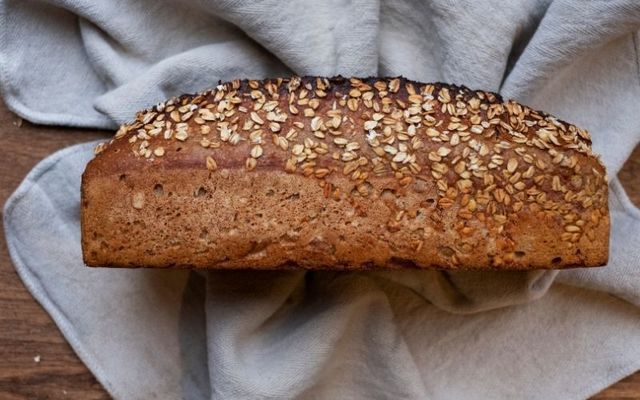Many people would agree that food tastes better when someone else cooks it, which is at least part of the reason why a meal at a restaurant can be so much more satisfying than cooking and eating at home. Even the humble bread course that comes out before your food in a restaurant often tastes miles better than eating bread in your own kitchen, especially when slathered in the soft, supple butter served alongside it. It does not make sense for something as simple as bread and butter to taste so much better in a restaurant, but chefs know the subtle ways to change something as simple as butter into something extraordinarily delicious.
Minor steps such as bringing butter to room temperature, whipping butter before serving, and seasoning butter are how restaurants take their butter over the edge. You can take similar steps in your own kitchen to make your butter a gourmet treat. The type of butter and temperature matters There are available in grocery stores, and not just salted or unsalted varieties.
European butters like Irish and French butter often contain more butterfat than the typical American brands, roughly 82% butterfat compared to just 80% in American varieties. It may seem like a minimal difference, but fat often means more flavor so European varieties are richer and creamier. There are also cultured butters, in which the cream is treated with the same probiotics that make yogurt thick and tangy, lending a more complex flavor compared to regular butter.
The ritzy New .



















